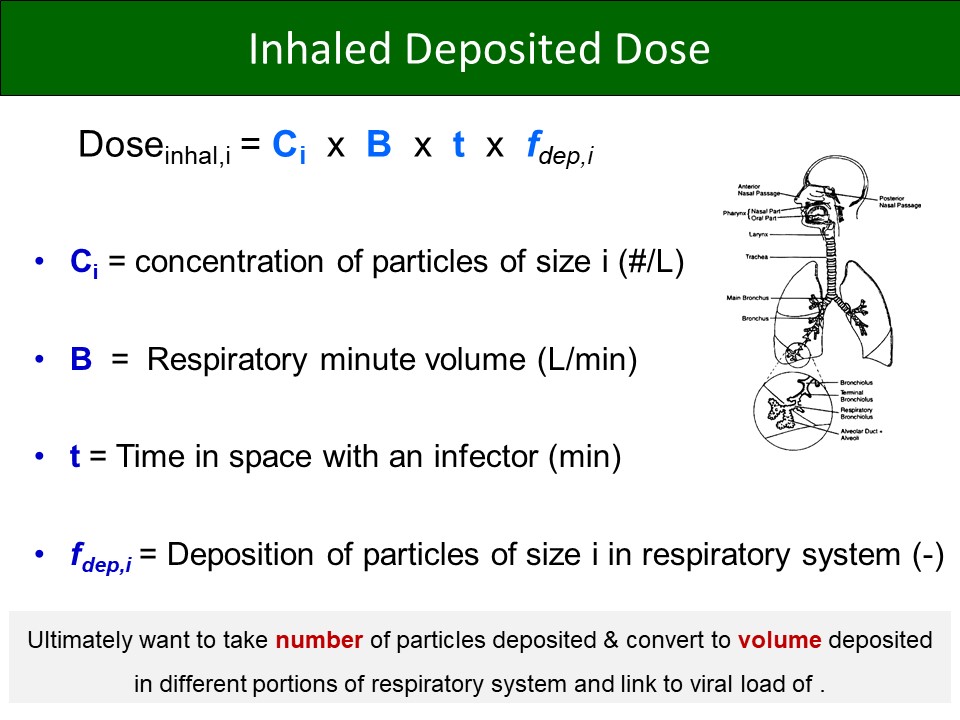
1/ With COVID-19 on the rise (again). Remember, the SARS-CoV-2 virus is transported by respiratory aerosols. INHALATION of aerosols is the dominant transmission pathway. Many of us have not wavered on this fact since early in the pandemic. It's about inhalation dose, folks.
2/ Since the dominant pathway is INHALATION of virus-laden respiratory aerosols, then reducing inhalation dose of these particles or inactivating viruses in the particles is the answer to reducing infection (pre- or unvaccinated & even vaccinated breakthroughs).
3/ Science & engineering gave us all of the tools we need to drive this pandemic into the ground. Vaccinations are a gift handed to us on a silver platter. The rest is not rocket science. The rest should be common sense.
4/ For 1,000th time since early spring 2020... To significantly reduce inhalation dose of virus-laden particles or SARS-CoV-2 in those particles: Universal good mask wearing & increased ventilation + improved filtration (HVAC and/or portable HEPA) &/or upper-room UV disinfection.
5/ These are the tools, folks. Vaccinate. Mask up. Ventilate. Filter. Disinfect (the air!). Proven technologies/approaches that reduce inhalation dose. Don't flirt w/ the unproven.
6/ #COVIDisAirborne means that #COVID-19 is an airborne infectious disease transmitted by INHALATION of viable SARS-CoV-2 viruses. The key is vaccination and lowering inhalation dose.
7/ The INHALATION dose makes the (risk of) infection. corsiairquality.wordpress.com/2020/08/19/the…
Not rocket science. No RCT needed. Lower INHALATION dose. Just do it!
Not rocket science. No RCT needed. Lower INHALATION dose. Just do it!
• • •
Missing some Tweet in this thread? You can try to
force a refresh







